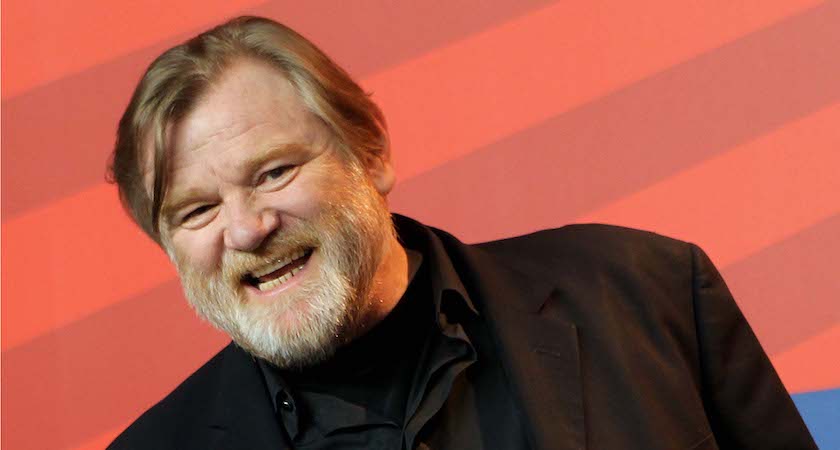THOUSANDS of people across Britain and Ireland could be descended from the Vikings – and the clue might be in your surname.
Experts say surnames can give an indication of a possible Viking heritage in your family, with surnames ending in 'son' or 'sen' likely to be a big sign.
Their findings reveal that common surnames such as ‘Henderson’, ‘Johnson’ and ‘Hobson’ are all big indicators of Viking ancestry.
Names which refer to a personal characteristic, such as 'Long', 'Short' and ‘Good’ also make it more likely that you have the blood of a Nordic warrior flowing through your veins.
Other surnames which could signal a Viking family history include ‘Magner’, ‘Rogers’ and ‘MacAuliffe’.
The survey of 2,000 people also found that 56 per cent of people admit they would like to discover they have Viking heritage.
Dr Alexandra Sanmark, from the University of the Highlands and Islands, explained: “The people of the Viking Age did not have family names, but instead used the system of patronymics, where the children were named after their father, or occasionally their mother.
“So, for example the son of Ivar would be given their own first name and then in addition ‘Ivar’s son’. A daughter would be Ivar’s daughter.
“A famous example from a 13th-century Icelandic saga, describing the Viking Age, is Egil Skallagrimsson, who was the son of a man named Skalla-Grim.
She added: “This naming pattern still remains in use in Iceland today but has been abandoned in Scandinavia in favour of family names."
People of the Viking Age would also often have a descriptive nickname, for example two of the Earls of Orkney who were known as Sigurd the Stout and Thorfill Skullsplitter.
Irish figures with surnames indicating Viking ancestry include U2 frontman Paul Hewson, better known as Bono, Celtic manager Brendan Rodgers and actors Liam Neeson and Brendan Gleeson.
Here are the regions of Ireland and Britain with the highest percentage of Viking descendants:
- Shetland - 29.2 per cent
- Orkney - 25.2 per cent
- Caithness - 17.5 per cent
- Isle of Man - 12.3 per cent
- Western Isles - 11.3 per cent
- North West Scotland and Inner Hebrides - 9.9 per cent
- Argyll - 5.8 per cent
- Yorkshire - 5.6 per cent
- North East Scotland - 4.9 per cent
- North England - 4 per cent
- East England - 3.6 per cent
- South West Scotland - 3.2 per cent
- South East Scotland - 2.7 per cent
- Central England - 2.6 per cent
- Central Scotland - 2.2 per cent
- South East England - 1.9 per cent
- South West England - 1.6 per cent
- Ireland (Ulster) - 1.4 per cent
- Ireland (Munster) - 1.3 per cent
- Ireland (Connacht) - 1.2 per cent
- Wales - 1 per cent
- Ireland (Leinster) - 1 per cent


